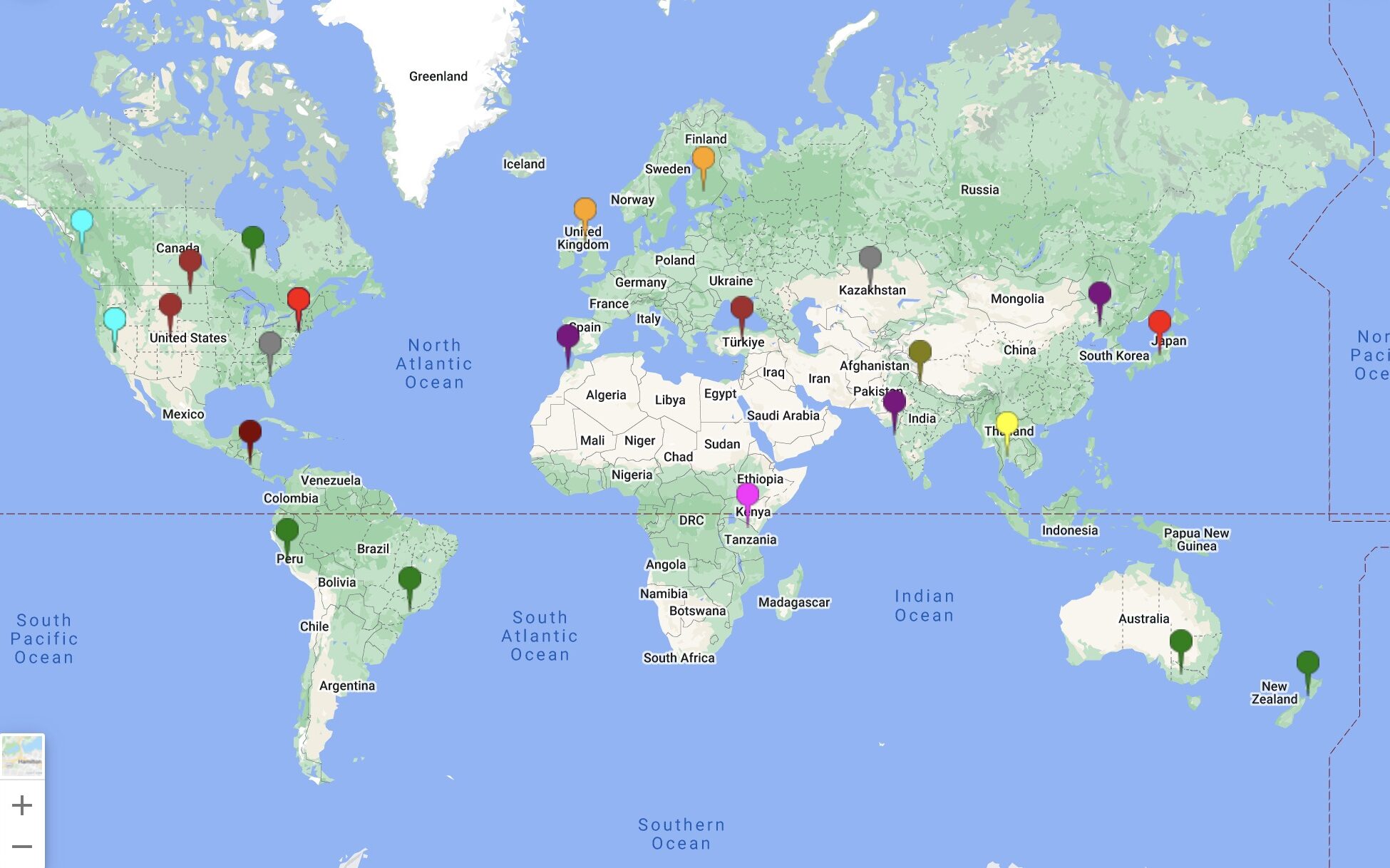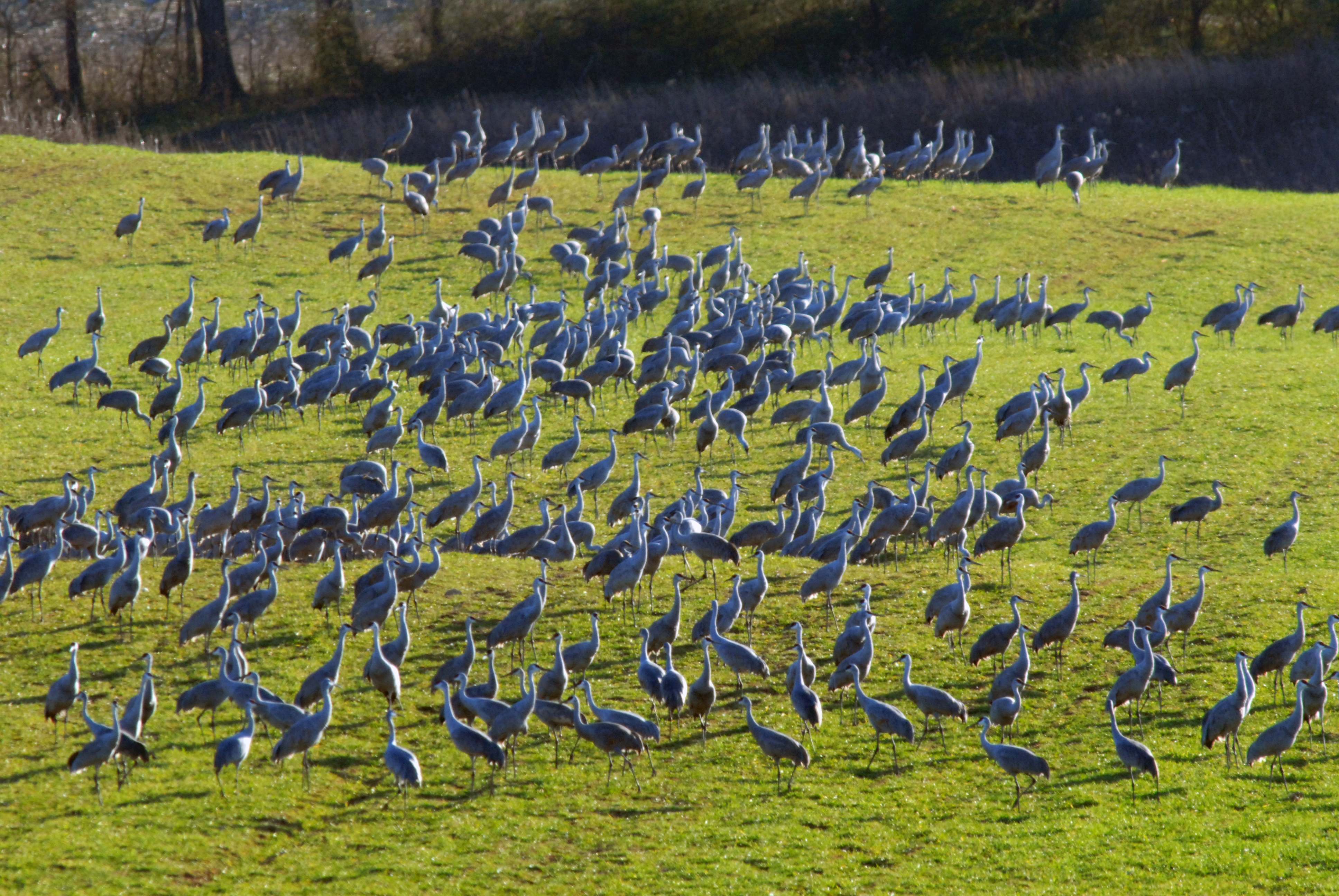U.S. Sen. Bill Hagerty, R-Tenn.; U.S. Secretary of Energy Chris Wright; Rep. Chuck Fleischmann; R-Chattanooga; and Open AI CEO Greg Brockman spoke with the press during a tour of Oak Ridge-area nuclear facilities. Ben Pounds/Hellbender Press
Visit by energy secretary doesn’t address program cuts as former fracking CEO downplays climate change threat; visit comes following diversity program cuts; full extent of Oak Ridge impacts still unknown
Hellbender Press typically avoids the use of anonymous sources. The sources in this story spoke on condition they not be identified so they could speak on a sensitive matter.
This story will be updated. The original stories continue below.
OAK RIDGE — U.S. Secretary of Energy Chris Wright denied that climate change was a “crisis” and downplayed its threat during a visit to an international hub of scientific expertise rattled by early actions of the second Trump Administration. His visit did little to allay fears of cuts to staff and programs at Oak Ridge National Laboratory, where the most concrete signs of change have been the dismantling of diversity efforts.
Wright visited ORNL on Feb. 28, and at a press conference defended the Trump administration’s actions on climate change, energy sources and the Department of Government Efficiency (DOGE), a group headed by Elon Musk that has recommended cutting programs and staff in various government departments.
He did not announce any layoffs at the lab itself, however, and implied research related to climate there will continue. Oak Ridge National Laboratory is home to many kinds of related research, including at the Climate Change Science Institute. CCSI does modeling and gathers data on the climate, as well as working on solutions to the problem.
Wright promoted research on artificial intelligence, which he called “Manhattan Project II,” and nuclear energy, and he appeared alongside Sen. Bill Hagerty, R-Tenn., Rep. Chuck Fleischmann R-Chattanooga and Open AI CEO Greg Brockman, who also spoke and answered questions.
“I don’t think you’ll see any reduction in the science that we do regarding climate change or any of these other really big questions,” said Wright in response to a reporter’s questions about how cuts at the lab might affect climate change-related research at ORNL, which his department funds through a partnership with contractor Battelle and the University of Tennessee. He said, however, he still “100 percent” believed there was no climate “crisis” and said scientific reports backed up his view.
“We haven’t seen an increase in the frequency or intensity of hurricanes, floods, droughts, storms. Wildfires are on an uptick because we stopped managing our forests,” he said. “Deaths from extreme weather, which is what you hear the press and politicians’ fearmongering about, it declined over 90 percent in my lifetime as the population’s grown. So climate change is a real phenomenon. It’s just not even remotely close to the world’s biggest problem.” He also said an intergovernmental climate change report also showed economists saying climate change was not as important as issues like education, free trade and “empowerment.”
These claims are a mixed bag of truth. While the frequency of hurricanes hitting the United States, for example, hasn’t increased, a recent Columbia University study showed the tropical cyclones’ intensity for the East and Gulf Coasts has. Also unmentioned by Wright was any impact the climate has on disease or health conditions apart from extreme weather, a subject on which experts at Tennessee’s own Vanderbilt University have sounded the alarm.
Wright was CEO of a hydraulic fracking company, Liberty Energy, before his appointment.
“It’s a real thing, but nothing in the science of climate change or in the economics of climate change shows it to be the world’s biggest problem,” Wright said. “When you call something a crisis, it means we don’t have time to stop and think. We’ve just got to take action. That’s exactly the opposite of what climate science is.”
During the meeting, he also defended Musk, DOGE and Trump’s actions generally while not announcing any such cuts for the civilian research at Oak Ridge National Laboratory or the weapons maintenance at Y-12, which is managed by a different contractor. A reporter at the event mentioned an earlier instance in which workers at Y-12 National Security Complex received termination letters that were then rescinded. While the reporter asked him to offer reassurance on job security, he sidestepped that question.





















